English Mastiff vs German Shepherd: Comparing Breeds
Determining which dog breed is perfect for your family will gush out several questions that will help you filter out which ones are worth considering. For some people, having a guard dog is a huge advantage and therefore, they take time researching which one can add dependable security at home.
The English Mastiff and the German Shepherd are known to be reliable canines who can make your family feel safe day and night. They are popular for a reason and either one of them might just be what you are looking for. To determine which between them should you adopt, learn first what their personality and needs are.
With that, you’ve come to the right place! Get to know each dog breed through this detailed breed comparison.
Table of Contents
Breed Origins
English Mastiff
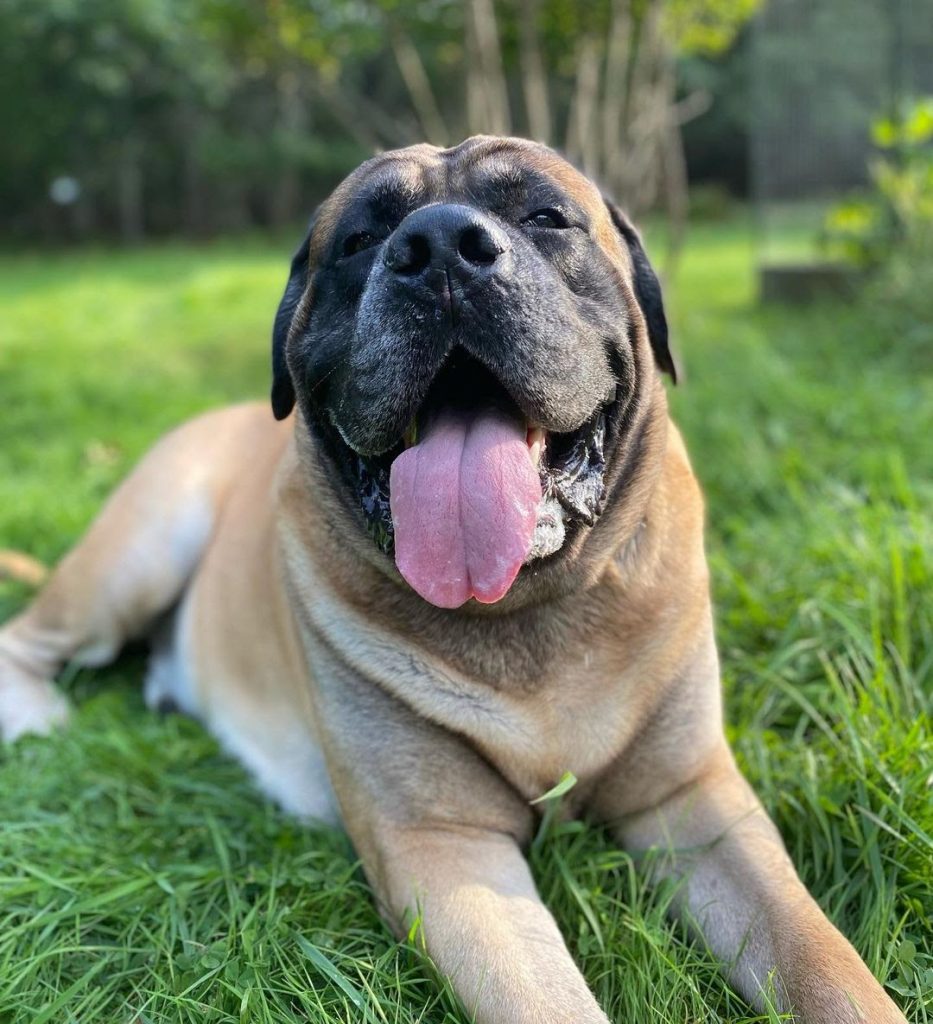

The development of the English Mastiff breed started during the medieval period in England around the 13th or 14 century. Despite England being hailed as this dog’s place of origin, his history can be traced back to Tibet or Northern India where his ancestor, the Molossian Hound started to appear.
Considered to be an excellent fighter, the English Mastiff became a subject of inhumane activities which were mainly dogfighting and bull-baiting. As a result, the dog was largely more aggressive and wild than the modern Mastiff. It wasn’t just the temperament that changed but also the physical appearance. Before, the English Mastiff was much leaner and smaller.
When two world wars happened, the English Mastiff’s large appetite posed a challenge for Mastiff owners. Food shortages were rampant and large dogs could no longer be fed well. When the Mastiff was at the brink of extinction, dogs from Canada were sent back to Britain to repopulate.
German Shepherd
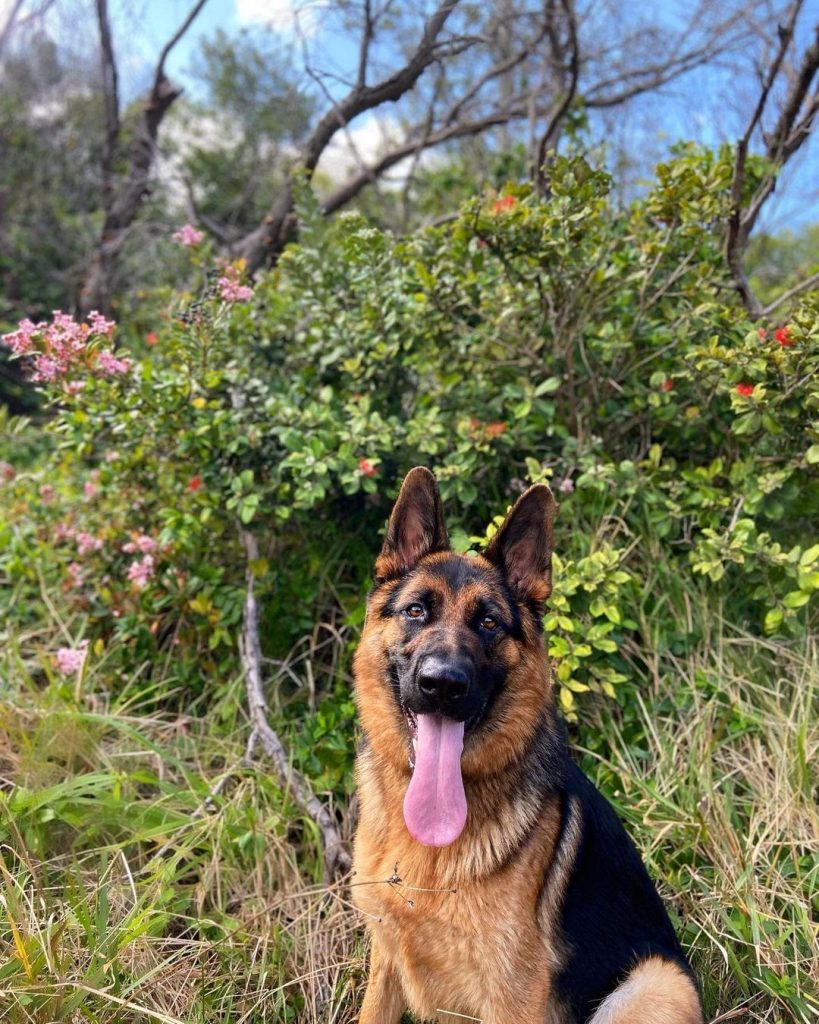

As the name suggests, Germany is the place of origin of this magnificent German Shepherd breed. He was originally developed from old shepherds and farm dogs and was first introduced in 1899. Max von Stephanitz was a key figure in the German Shepherd breeding (or also called the GSD).
This canine was mainly trusted for herding sheep and protecting flocks from lurking predators. Originally, they were deemed to be servants of the farmers rather than pets or family companions. Nevertheless, they were properly taken care of.
The German Shepherd possesses numerous desirable traits such as strength and intelligence which made his popularity soar in the early 1900s. He then got recognized in 1908 by the prestigious AKC. Currently, he’s one of the top choices as a police dog or a sight dog for the blind.
Size, Appearance, & Coloring
English Mastiff
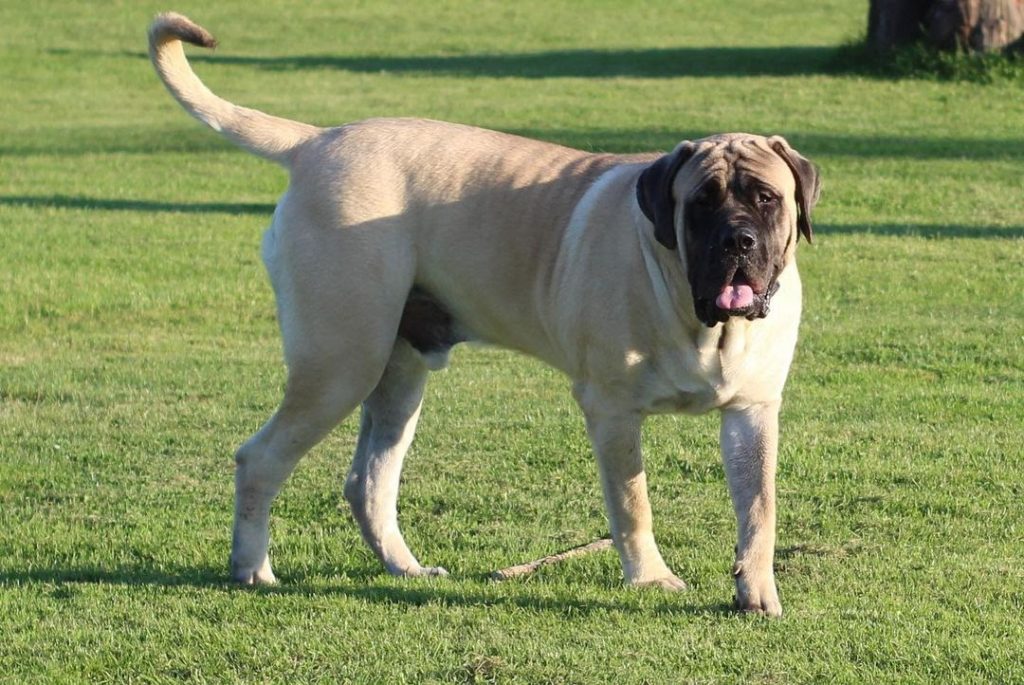

If classified by weight, the English Mastiff is the largest of all recognized dog breeds. Zorba, the English Mastiff, weighed a staggering 345 pounds with a length of 8 feet and 3 inches from nose to the tip of his tail. Generally, this breed is indeed genetically influenced to be colossal. They can be 27.5 inches to 30 inches and above in height at withers and ideally 120 to 230 pounds in mass.
Several physical indicators tell if a dog is an English Mastiff. The first thing you’d usually notice is the mysterious black mask all over his face and the same-shaded small ears. He has saggy jowls that make him susceptible to drooling all day long. His build is heavy, bulky, and muscular with straight front legs and slightly angulated hind legs. His tail is average in length, rested slightly above, and typically rests between his jocks.
There are only three colors recognized by the American Kennel Club (AKC) and these are apricot, brindled, and fawn.
German Shepherd
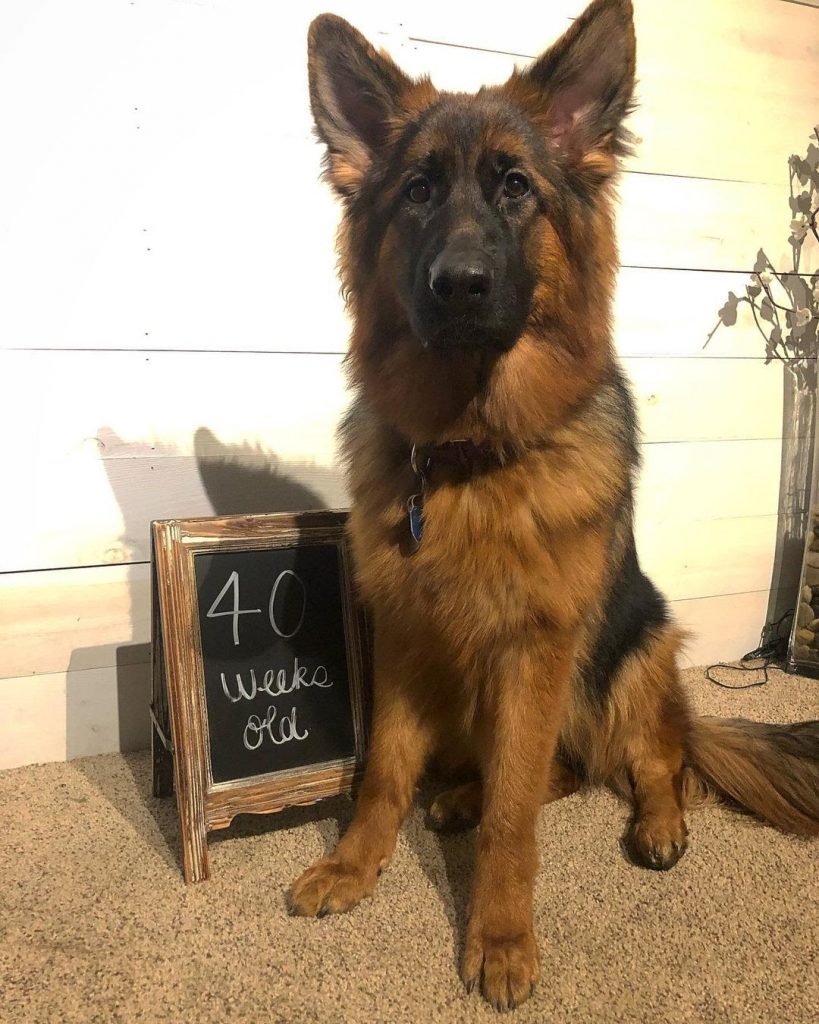

Along with the German Shepherd’s popularity is his recognizable physical appearance. Many people can instantly identify this dog breed thanks to its trademarks. This medium to large canine displays a combination of strength and grace with an imposing look.
Ideally, this dog is 22 to 26 inches tall and should be 50 to 90 pounds heavy depending on the gender. He has an alert expression often exhibited by his perky and upright ears and almond-shaped eyes. He has a thick double coat which makes it easier for him to thrive in any kind of climate. The muzzle is square and his face is slightly covered in a black mask.
Generally, a German Shepherd is tan/black or red/black in coloring with others often showing markings at the back known to be either saddle or blanket. Black and white German Shepherds are possible, but the rarer ones are sable, panda, silver, and liver.
Temperament
English Mastiff
Temperament is highly swayed by the level of care, lifestyle, upbringing, and breeding. For the English Mastiff, despite his dignified looks, he is acclaimed to be gentle, sensitive, and social. He is not boisterous at all times, but rather finds happiness by behaving and observing his surroundings.
There are times, however, wherein he’ll act clownish around his owners. He can be quirky, playful, and silly which many Mastiff owners find amusing. Some English Mastiffs prefer to be around their family all the time. This oftentimes results in them showing clinginess and vulnerability to separation anxiety.
On another note, the English Mastiff can be trusted when it comes to protecting you and your loved ones. He’s not particularly aggressive, but he can be when he needs to be. Nevertheless, he shows kindness toward kids and is open to forming new relationships with other people and dogs.
German Shepherd
Innately, the German Shepherd doesn’t automatically like the presence of strangers around his home or family. He is curious and cautious making him a suitable family guard dog. If he’s not been socialized at an early age, his overprotective nature may become a problem and this can end up in a display of aggression toward others.
Nevertheless, once trust is established, this dog will become extremely loyal to you.
On another note, this German canine won’t stand being alone for long periods. He needs to have company to keep him preoccupied or else he’ll exhibit bad behaviors. It would become problematic once he feels that he’s being ignored and this will manifest either through excessive and unnecessary barking or chewing of furniture.
Being with kids, expect him to be friendly, gentle, and behaved. He’s the same with other dogs so long as he’s been trained.
Trainability & Intelligence Level
English Mastiff
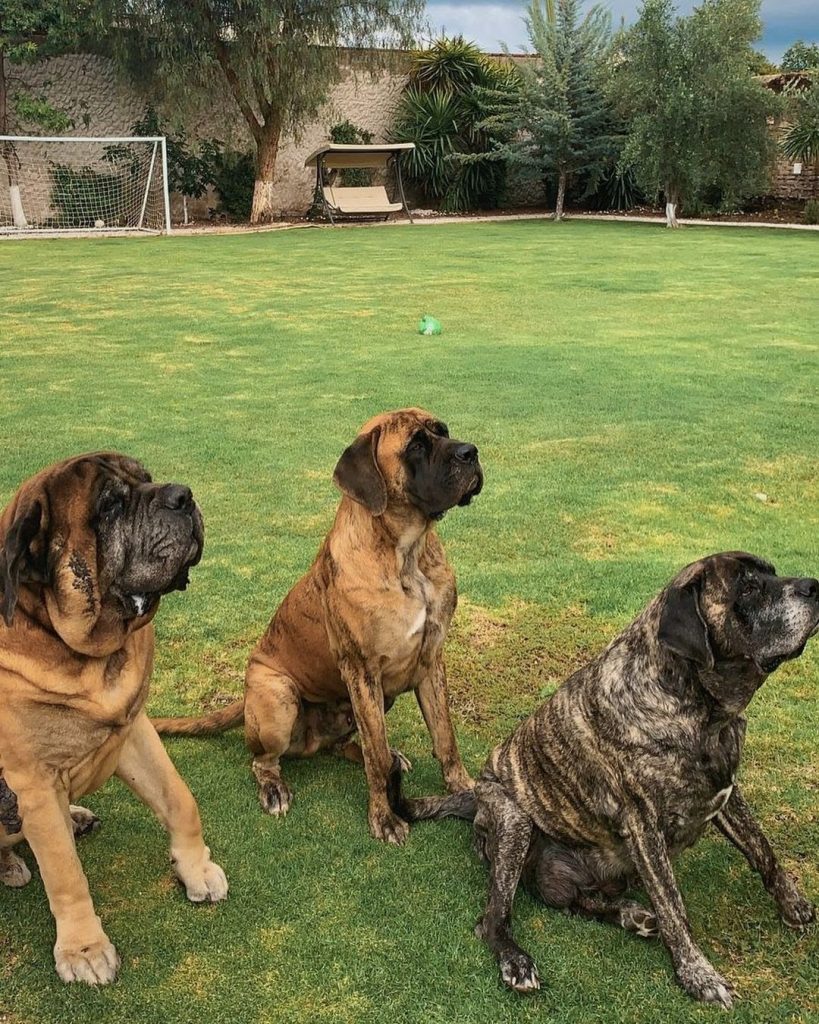

Throughout his history, the English Mastiff was deemed to be a great guard dog who is capable of watching over flocks and families. His protective instinct makes him show wariness toward strangers. To make him more accommodating of others, training him to be social during puppyhood is advised.
Teaching him other useful pieces of dog training will improve your relationship as well such as crate training, obedience training, and basic commands. He may display occasional stubbornness and a sloth-like pace in learning, but never mistake him as a less smart breed. Ensure that the drills are challenging and non-repetitive to keep him stimulated mentally and physically.
German Shepherd
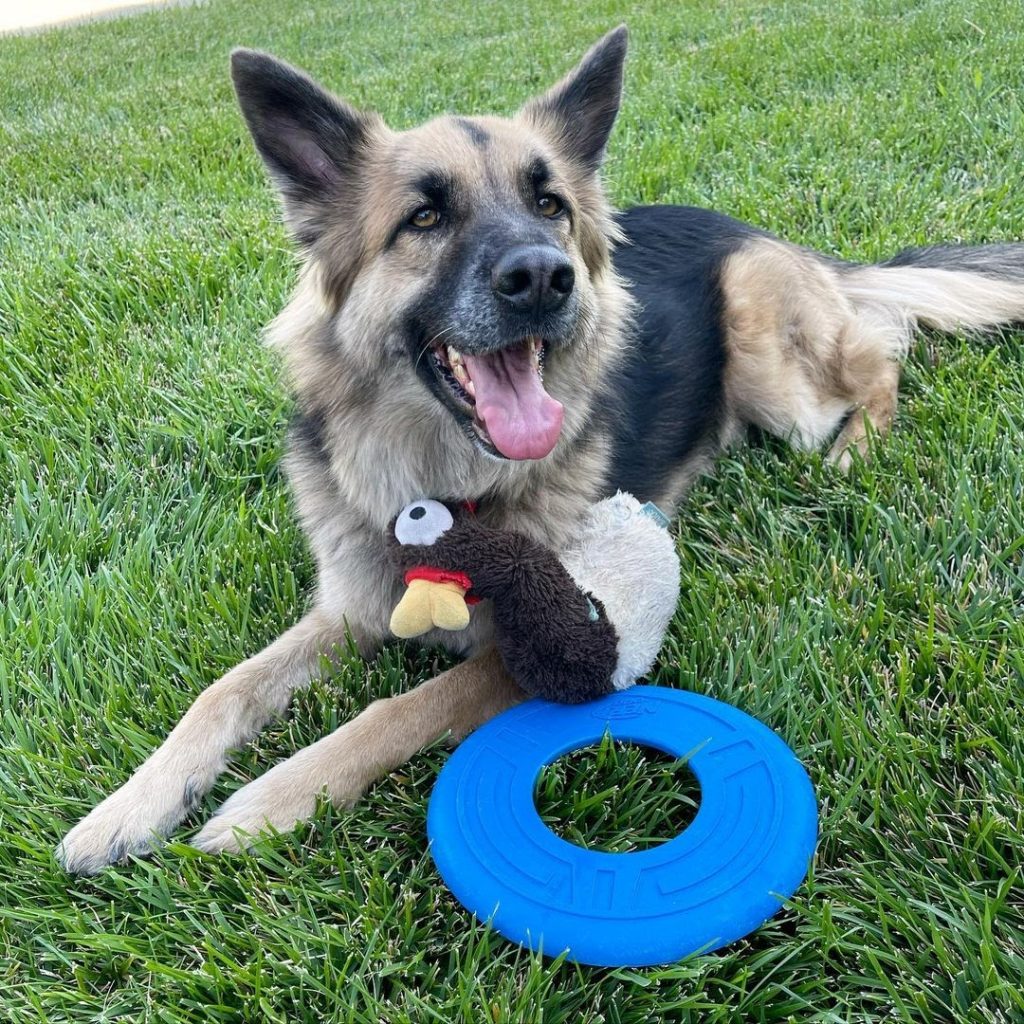

Training goes smoothly when you deal with a German Shepherd. He is highly intelligent and can pick up lessons very instantly! This will improve more if he gets to receive any type of job daily. Since he can do almost anything, he can be taught to do even complex tasks which can be helpful for disabled individuals.
This canine can lead a blind person to safe places or alert a deaf person if someone is approaching the front door. His incredible sense of smell is seen to be impressive as well hence why he’s what you’ll commonly see as a police dog. In training him, ensure you include positive reinforcements and never resort to punishments.
Exercise Needs
English Mastiff
An hour of daily exercise is enough for this low-maintenance Mastiff breed. His huge build suggests that he should only resort to mild activities such as walks and occasional swims to prevent him from having joint issues, later on.
Puppies are more delicate and their movements need to be monitored. Since they have high levels of energy, they will sometimes innocently become uncontrollably frisky and you might not know it, but they have already damaged their fragile joints.
German Shepherd
Exercise is a great way to boost a German Shepherd’s memory and smartness. A two-hour daily exercise will keep this dog happy. He can either be taken out for walks or let him play off-lead in a secure area. If you like to sweat off more, this breed is a great companion. He can catch up or even outrun you in a running match.
Not compromising on this area will improve your bond with him and also encourage him to be in his best shape as a canine.
Grooming Requirements
English Mastiff
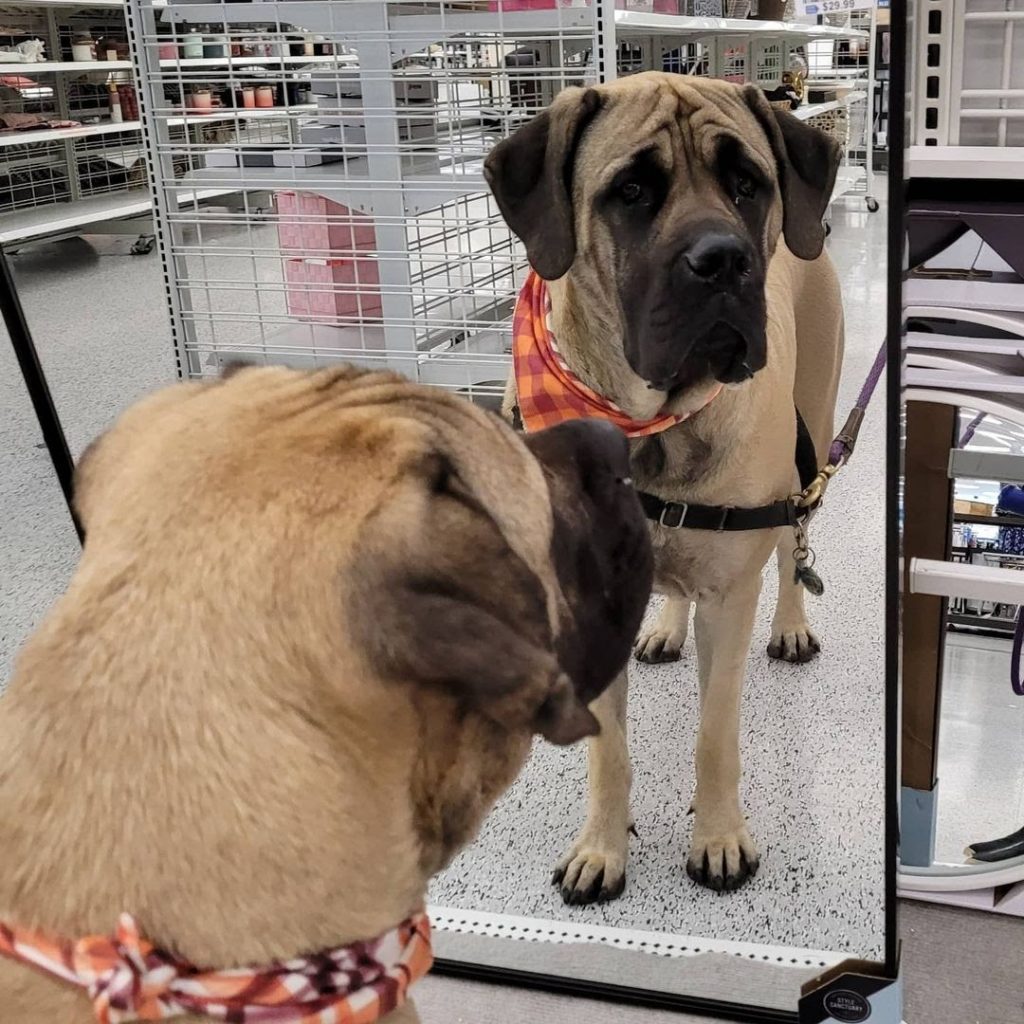

The coat of the English Mastiff is described to be short, dense, and coarse. He’d need weekly brushing to remove all his loose hairs and to promote healthier skin and coat since his oil is evenly spread throughout. For people who are sensitive to dander, grooming needs to be done more frequently since this canine sheds regularly, especially during spring and fall.
You can learn more about his shedding here.
German Shepherd
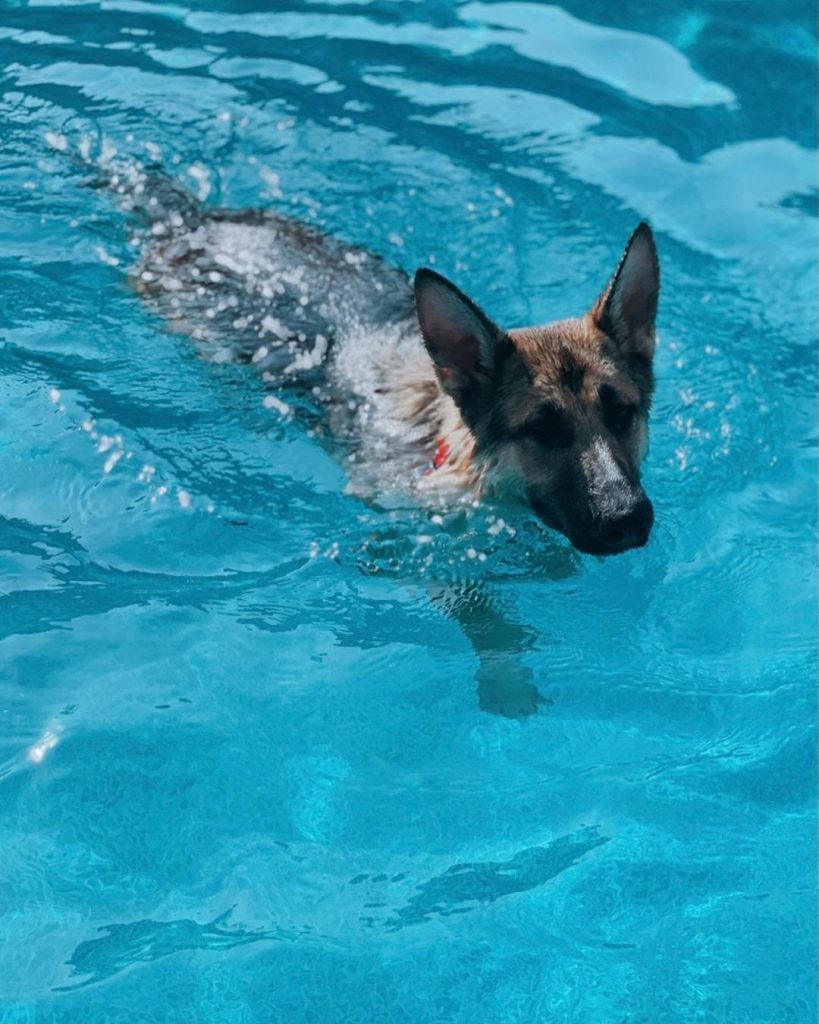

Grooming is more tedious for the GSD. He sheds non-stop and would require his owners to brush him twice or thrice a week. At times, releasing his hair will be extreme so always get your vacuum ready. Concerning baths, less is better. This prevents him from getting stripped off of his natural oils so be careful in setting up schedules for his wash. Anyhow, he’s typically clean and odorless.
Health Problems
English Mastiff
The modern-day breeding of the English Mastiff promotes a healthier health status for many of them. The process before getting two dogs mated is expensive to guarantee that the offspring are in their best conditions. However, certain health problems may still strike early or later in their adult life. Some of these are:
- Bacterial and viral infections
- Orthopedic issues
- Urinary problems
- Eye problems
German Shepherd
Despite being generally healthy, the German Shepherd remains prone to certain health conditions every owner should be cognizant about. Some of these include:
- Degenerative myelopathy
- Hip & elbow dysplasia
- Allergies
- Bloat
Breed Popularity
Both dogs are renowned to be confident, loyal, courageous, and excellent in guarding. With these traits, people sought both breeds and became a popular demand as well. Presently, the English Mastiff is consistently on the 29th place in the breed popularity ranking done by the AKC while the German Shepherd impressively takes the 2nd spot out of all 200 official dog breeds!
Fun Facts
English Mastiff
- English Mastiffs tend to be gassy which usually happens if he eats the wrong type of food.
- Some English Mastiffs are velcro dogs who will stick with you all the time!
- Despite the stubborn attitude in training, the English Mastiff is a people-pleaser most times.
German Shepherd
- German Shepherds like to navigate their surroundings using their noses.
- Schutzhund was a sport specifically designed to test the natural abilities of the German Shepherd breed.
- The German Shepherd is considered to be the third most intelligent dog!
Which Dog Is Right for You?
For families who look for a low-maintenance breed, the English Mastiff would be perfect. Although he’d eat lots of food daily, he won’t require much in other areas like exercise and grooming. He’d need someone patient in training him but at the same time, authoritative and respectable.
Meanwhile, the German Shepherd suits best on families who have highly active lifestyles. He is smart and needs regular tasks to do, so if you are looking for an extra helping paw, this German dog might be what you need!
